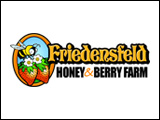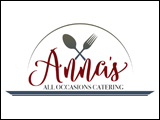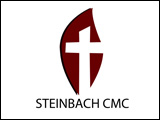The U.S. based Food Marketing Institute reports part of the difficulty in adapting to U.S. Mandatory Country of Origin Labelling is that many products are covered by the new rules while many similar products are not.
U.S. Mandatory Country of Origin Labelling came into effect September 30th and the U.S. Department of Agriculture is expected to begin enforcement in April.
The Food Marketing Institute represents about 15 hundred food retailers and wholesalers in the U.S. and around the world.
FMI chief legal officer Deborah White says part of the challenge facing retailers in implementing the new rules is that there isn’t a lot of rhyme or reason for what is covered and what isn’t.
Our congress here in the United States decided that the foods that should be covered by Country of Origin Labelling are beef, pork, lamb, chiocken, fresh and frozen produce, seafood and then sort of an assortment of nuts and miscellaneous items that peanuts, pecans, macadamia nuts and ginseng.
In terms of whether or not any of these things should be covered or shouldn’t be covered, the Food marketing Institute has long opposed mandatory County of Origin Labelling.
But part of the challenge that our members have in implementing this is that it is sort of an ad-hoc list without a whole of rhyme and reason.
For example chicken is covered but turkey isn’t or peanuts and pecans are covered but walnuts and almonds are not so that presents some challenges in and of itself.
White notes the new labelling rules apply only to covered commodities that are sold by U.S. retailers but they no not apply to products sold in restaurants, products destined for export pout of the U.S. or to products that fall within the USDA’s definition of processed products.
Source: Farmscape.Ca



